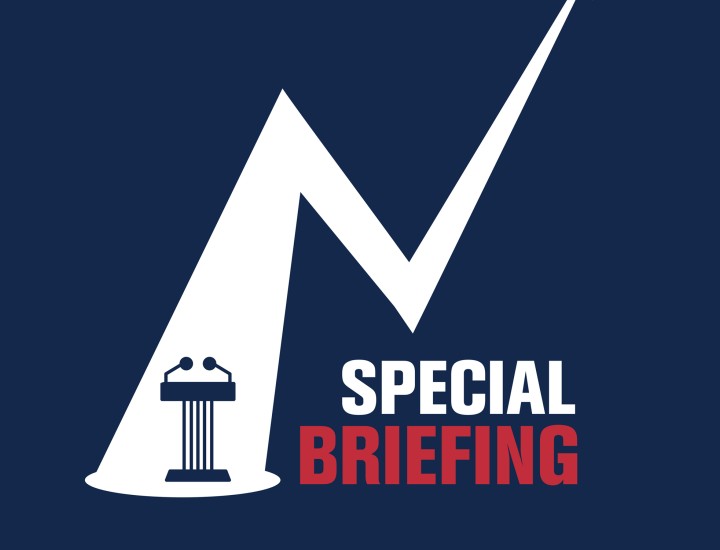Testing the Waters First: Forecasting and Spending Sports Betting Revenues
As brisk autumn mornings bring the kick off of the NFL season, College Football, and the MLB World Series, both digital and in-person sports books are continuing to grow after doubling in 2021. States have been seeing record revenue across the board and tax revenue generated from now legal sports betting is also surging due to many factors, including a large increase in advertising across all sports. While states have a long history of receiving and spending traditional gambling revenues from state lotteries or other activities, many are still navigating both the taxing structure and how to direct spending of the $1.7 billon collected to date. As states collect this new revenue stream special attention should be paid to how these dollars are forecast and expended.
First, looking at the forecasting of these revenues, states should balance looking at the underlying behavior and indicators driving the revenue while also ensuring official forecasts do not go too far out on a limb. This can be achieved by setting multi-year expectations for these revenues, aligning with the Volcker Alliance’s call for multi-year forecasting, that are realistic given today’s figures and not baking in any continued growth that is based upon trends of the past years that have heavily been influenced by a maturing market and pandemic era increased consumer spending. Like other revenue forecasts, seasonality is a factor with these revenues, being tied to key events such as the Super Bowl and each league’s season. However, the seasonality of these revenues likely goes beyond varying monthly expectations and there is little data and even less complete research on how the varied competitiveness of athletic leagues, or even a state’s home teams, year to year affects the size and depth of betting activity and effectively the tax base. States should chart a course that does not bet on current revenues sustaining at today’s levels.
While adopting the above forecasting practices may avoid unforeseen shortfalls, due to the future trajectory of these funds remaining uncertain, states should use this revenue for one-time, infrequent, or directly related expenditures. One-time expenditures are a straightforward way to utilize this revenue so that ongoing programs do not fluctuate in their ability to provide services. Another method would be a revolving or capital fund for capital and equipment purchases that has specific draw down policies. Lastly, a more restrictive path would be tying these revenues directly to regulation, enforcement, and support for the sports betting industry and consumers. Doing so would ensure the program expenditures would scale with the revenues. Due to the large amount of revenues states are seeing, there is a likely a desire to do more with these funds and in doing so, the underlying theme of restraint to ensure stability should be minded.
States should take a prudent and steady route in using revenues from sports betting, as it is a constantly evolving business and tax policy area. By following best practices in forecasting and expending these funds, states can continue to focus instead on ensuring the policy surrounding this industry best serves their citizens on both sides of the betting counter or app.



